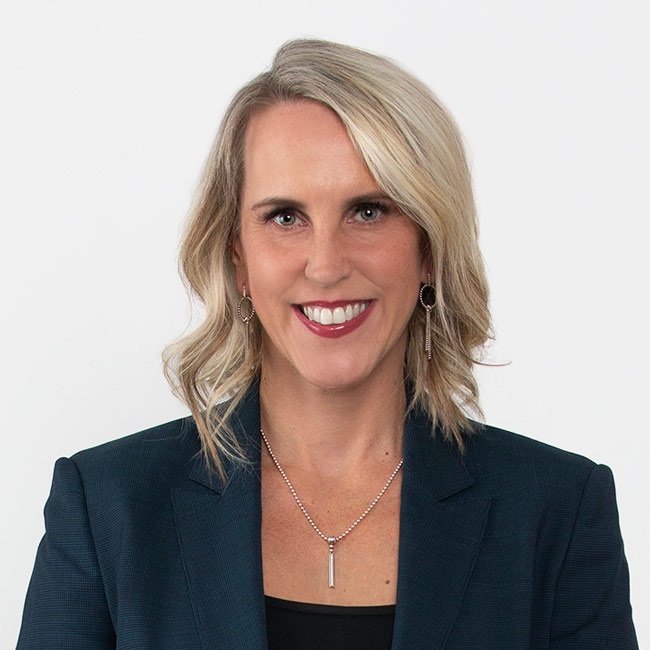
TOOLS
Login to access your documents and resources.
Quick hits from the National Association of Insurance Commissioners (NAIC) Fall Meeting, held in Denver on November 16-19, 2024.
Here’s what you need to know
Principles-based bond definition (PBBD) implementation is a heavy lift but is aided by the newly-adopted PBBD Q&A document and financial impacts should be limited. After months of analyzing individual Schedule D securities for continued bond treatment, insurers appear ready to implement PBBD on 1/1/25. To aid in the analysis, regulators in the Statutory Accounting Principles (E) Working Group (SAPWG) provided implementation guidance in the adopted Q&A document and remain available for continued consultation in 2025. The consensus is that there will not be widescale movements from Schedule D to BA, with the exception of 1) unitranche/lowest rated tranche CMBS single asset, single borrower (SASB) transactions; 2) non-agency mortgage passthroughs; 3) select hybrids; and, 4) certain mezzanine ABS that may not have substantive credit enhancement. For securities that transition to Schedule BA and are subject to onerous RBC charges, regulators have provided various avenues to mitigate the financial impacts; for example, allowing for bond capital charges via the Securities Valuation Office (SVO) review and designation process (life insurers only) and modeling individual CMBS SASBs by the Structured Securities Group (SSG).
Risk Based Capital Investment Risk & Evaluation (E) Working Group (RBC IRE) 2025 priorities include a review of funds and development of CLO RBC factors. With the goal to ensure RBC consistency across structures, in 2025, regulators, in conjunction with the American Council of Life Insurers (ACLI), will review three structures that have similar underlying assets but different RBC charges, statutory schedules and accounting treatment: 1) bond ETFs; 2) SEC-registered bond mutual funds; and 3) private bond funds. After a delay, the American Academy of Actuaries (AAA) has begun to analyze and determine comparable attributes/risk inputs for CLOs, which would ultimately be used in the development of RBC factors across debt and residual tranches.
Valuation of Securities (E) Task Force (VOSTF) warns of missing private letter ratings (PLR) rationale reports that could lose NAIC designations. In 2025, barring no major systems issues, regulators will deactivate PLRs on securities issued post 2022 if required rating rationale reports are not filed. Notably, there are approximately 1,700 private securities that fall under this category where rationale reports have not yet been received by the SVO.
More granular RBC charges and an alignment of RBC practices by insurance types likely on the horizon by Capital Adequacy (E) Task Force (CATF). Various self-directed and recommended RBC initiatives include new RBC factors for non-bond debt securities and collateral loans on Schedule BA, a review of non-investment components of the RBC formula (including C2 and C3 for life insurers) and allowing P&C and health insurers to benefit from the SVO designation process for certain Schedule BA assets.
A coalition of state regulators from Connecticut, Iowa, Wisconsin, New York, and California, alongside Nuveen, hosted a special session on impact investing. There is momentum and alignment across various industry bodies to identify ways to pair capital from insurance companies and other catalytic sources to make investments that have a positive societal impact on people and the environment --while also meeting the need for stable, secure investments that insurance companies require.
Interested in diving deeper? Download the detailed meeting notes and takeaways on these important investment regulatory proposals.
Uncover additional insights for insurers

Insurance companies

CFA® and Chartered Financial Analyst® are registered trademarks owned by CFA institute.
Nuveen and the National Association of Insurance Commissioners (NAIC) or any of their affiliates or subsidiaries are not affiliated with or in any way related to each other.
This material is being produced by Nuveen without any involvement from the NAIC. Please note this material is a summary document and is not meant to be all inclusive, or to be an interpretation of any of the topics, rules, regulations, etc. discussed within; which means there may be material omissions. It’s important to read and understand all of the official regulations/guidance/FAQs directly from the regulators and interpret them on your own in conjunction with your own compliance and/or legal representation.


